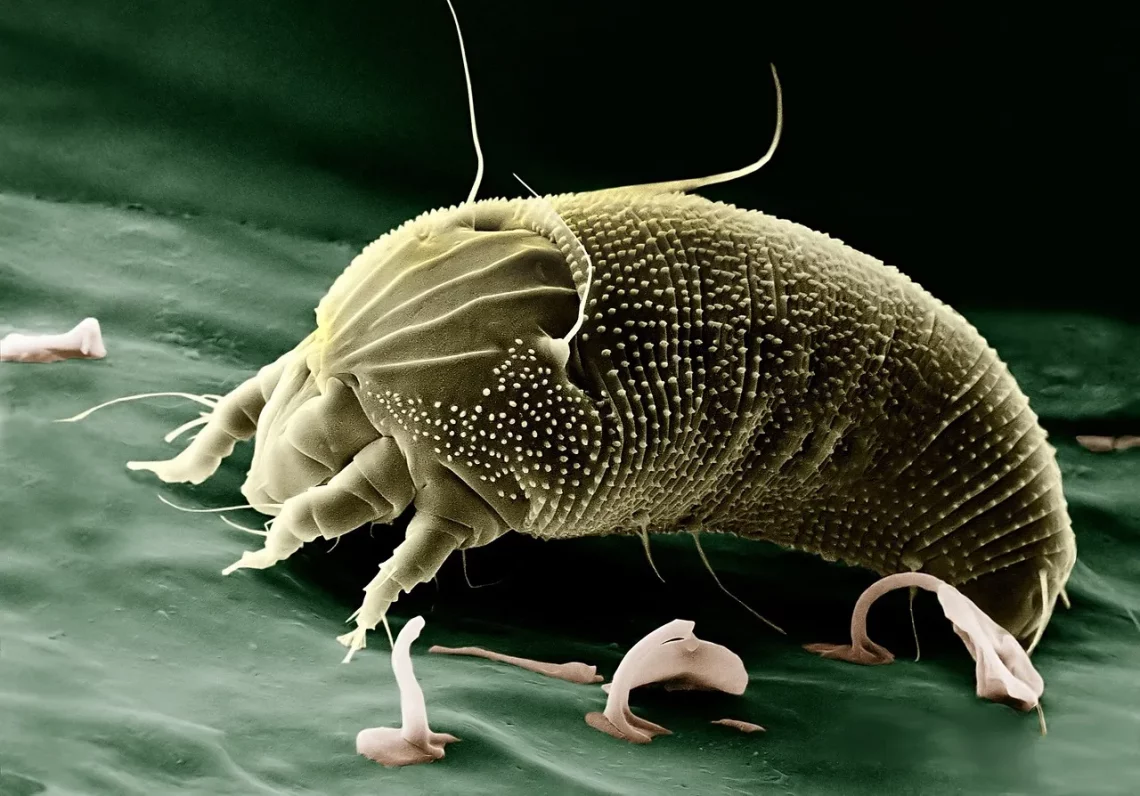
Effective Strategies to Get Rid of Mites on Chickens
Mites can be a significant problem for chicken owners, causing distress not only to the birds but also affecting their overall health and productivity. These tiny pests can thrive in various environments, making it essential for poultry keepers to remain vigilant and proactive in their management strategies. Mites feed on the blood and skin of chickens, leading to irritation, decreased egg production, and even anemia in severe cases.
Understanding the life cycle of mites is crucial for effective control. These pests reproduce rapidly, and their eggs can survive in the environment for extended periods, making eradication a challenging endeavor. The presence of mites can also lead to secondary infections, further complicating the situation. Therefore, recognizing the signs of mite infestation early and implementing a comprehensive management plan is vital for maintaining the well-being of your flock.
This article explores various strategies for effectively controlling and eliminating mites from your chicken coop and ensuring a healthy environment for your birds. By employing a combination of preventive measures and direct interventions, chicken owners can successfully combat these unwelcome invaders and protect their feathered friends.
Understanding Mite Infestations in Chickens
To effectively combat mite infestations, it’s imperative to understand their behavior and life cycle. Mites are ectoparasites, meaning they live on the exterior of their host. In chickens, two of the most common types of mites are the red mite and the northern fowl mite. Each type has different characteristics and habits, so recognizing which mite you’re dealing with can influence your treatment strategy.
Red mites are particularly troublesome as they tend to hide in the coop during the day and come out at night to feed on the chickens. They can reproduce rapidly, with a single female laying hundreds of eggs in her lifetime. This rapid reproduction complicates control efforts, as an infestation can escalate quickly. On the other hand, northern fowl mites can be found on the chickens during the day, leading to more visible signs of infestation.
Symptoms of mite infestations include excessive feather pecking, restlessness, and a drop in egg production. Chickens may also exhibit signs of anemia, such as pale combs and wattles, which can be indicative of severe infestations. Regularly inspecting your flock and coop for signs of these pests can help catch infestations early before they become widespread.
Additionally, environmental factors play a role in mite infestations. Mites thrive in warm, humid conditions, so maintaining appropriate coop ventilation and cleanliness can deter their presence. Implementing a routine cleaning schedule that includes removing bedding, disinfecting surfaces, and checking for signs of mites can create an inhospitable environment for them.
Preventive Measures to Keep Mites at Bay
Prevention is always better than cure, especially when dealing with pests like mites. Implementing effective preventive measures can help reduce the risk of infestations in your flock. One of the first steps is to maintain a clean and dry environment in the chicken coop. Regularly cleaning the coop and changing bedding can significantly decrease the likelihood of mites establishing a foothold.
In addition to cleaning, consider using diatomaceous earth as a preventive measure. This natural powder can be sprinkled in the coop and nesting boxes, creating a barrier that is harmful to mites when they come into contact with it. Diatomaceous earth works by dehydrating the mites, making it an effective and non-toxic option for controlling these pests.
Another crucial aspect of mite prevention is managing your flock’s health. Healthy chickens are less susceptible to infestations. Ensure your birds are receiving a balanced diet, plenty of clean water, and regular health checks. Keeping stress levels low can also enhance their immune systems, making it harder for mites to take hold.
Integrating new birds into your flock can also introduce mites, so it’s essential to quarantine new additions before introducing them to your existing flock. A quarantine period of at least two weeks can help ensure that any potential pests are identified and treated before they spread to your healthy birds.
Lastly, consider using mite repellents or natural essential oils, like lavender or eucalyptus, which may deter mites. These can be used in combination with other preventive strategies to create a multi-faceted approach to mite management.
Direct Treatment Options for Mite Infestations
If you discover that your flock has been infested with mites, immediate action is necessary to minimize the impact on your chickens. There are various treatment options available, ranging from chemical solutions to natural remedies. The choice of treatment often depends on the severity of the infestation and personal preferences regarding chemical use.
One common approach is using insecticides specifically designed for mites. These can be applied directly to the chickens and their environment. It’s crucial to select products that are safe for use on poultry and to follow the manufacturer’s instructions carefully. Some treatments may require multiple applications to fully eradicate the infestation, especially considering the mite’s life cycle.
Natural treatments, such as neem oil, can also be effective. Neem oil disrupts the life cycle of mites, preventing them from reproducing. It can be applied to the chickens and the coop area, but like any treatment, it requires careful application to ensure effectiveness.
Dusting powders containing permethrin or other active ingredients can be used in combination with thorough coop cleaning. Dusting chickens directly can help eliminate mites that are already present on their bodies. Pay attention to areas where mites typically hide, such as under the wings and around the vent.
In some cases, it may be necessary to treat the entire coop and surrounding areas. This includes using sprays or powders on nesting boxes, perches, and bedding. Ensure that you remove your chickens from the coop during treatment and allow adequate time for any chemicals to dissipate before returning them.
Regular monitoring after treatment is crucial to ensure that the mites do not return. Keeping a close eye on your flock’s health and well-being will help catch any future infestations early, allowing for prompt action.
Long-Term Strategies for Mite Management
Implementing long-term strategies is essential for maintaining a mite-free environment for your chickens. Beyond immediate treatments, consider adopting a holistic approach to chicken care that includes ongoing prevention and monitoring.
Establishing a consistent cleaning schedule is one of the most effective long-term strategies. Regularly removing droppings, changing bedding, and disinfecting surfaces can significantly reduce mite populations. Make this part of your routine to ensure a clean environment that discourages mite infestations.
In addition to cleaning, promoting a healthy lifestyle for your chickens is vital. Regular health checks, vaccinations, and a balanced diet can boost your flock’s immunity and resilience against pests. Healthy chickens are less likely to suffer from severe infestations and can recover more quickly if they do become infested.
Consider involving your community in mite management. Sharing knowledge and experiences with other chicken owners can provide insights into effective strategies and products. Local agricultural extensions or poultry clubs may also offer resources and support for dealing with mite issues.
Lastly, stay informed about the latest developments in poultry care and pest management. Research new products, techniques, and best practices to ensure that you are using the most effective methods available. Continuous education can empower you to make informed decisions about your flock’s care and pest management.
By integrating these long-term strategies, you can create a resilient environment that minimizes the risk of mite infestations and promotes the health and productivity of your chickens.
**Disclaimer:** This article is for informational purposes only and does not constitute medical advice. For any health-related issues concerning your chickens, consult a qualified veterinarian.




